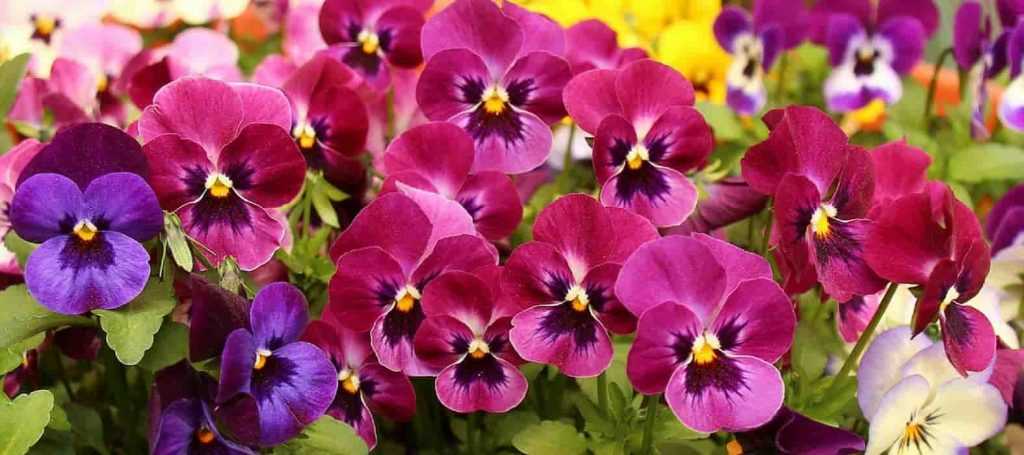
Planting biennials as plug plants
Successful planting in containers or in the ground
Contents
To brighten up borders and create lovely winter-end and spring containers, nothing is easier than biennial plug plants. Pansies, primroses, forget-me-nots and daisies indeed offer a generous display of colourful flowering. They can be planted in pots or containers on a balcony or terrace, but also in the garden, as border plants. To ensure spectacular flowering, it’s essential to know how to plant these biennials properly. Follow our advice!
Where to plant?
Biennials can be planted both in the ground and in pots, depending on the available space and the desired decorative effect.
If you wish to plant biennials in planters or pots, it is important to choose a location that is both bright and sheltered. Ideally, place them in a spot that receives several hours of direct sunlight per day, such as a south- or west-facing balcony. Biennials appreciate light for growth but should not be constantly exposed to strong winds or harsh weather conditions.
As for containers, opt for planters or pots that are deep enough (at least 20 to 30 cm) to allow the roots to develop properly. Also ensure that the pots have drainage holes to prevent water accumulation, as biennials dislike waterlogged soil.
Finally, remember to space plug plants sufficiently in your planters to allow good air circulation and avoid competition between young plants, which will encourage abundant flowering.
In the ground, biennials thrive in well-drained, light, humus-rich soil, but without excessive moisture, especially in winter. They flourish equally well in flowerbed borders or at the base of trees, where they benefit from dappled light. For good flowering, choose a sunny or lightly shaded location, but sheltered from cold winds. They can also be planted in rockeries or along pathways, where natural drainage and gentle light exposure will ensure optimal growth.
In which soil or compost?
For containers and planters, we recommend using a good quality potting compost for flowering plants with excellent drainage (for example containing plenty of bark or perlite) and enriched with slow-release fertiliser , as commonly available in garden centres. Don’t hesitate to add a layer of clay pebbles or gravel at the bottom of the container to improve drainage.
For planting in garden borders, choose a location with light, loamy soil, amended with some compost if needed. Using a hand fork, break up the soil well to loosen it and add some base fertiliser at planting time (such as dried blood, for example).
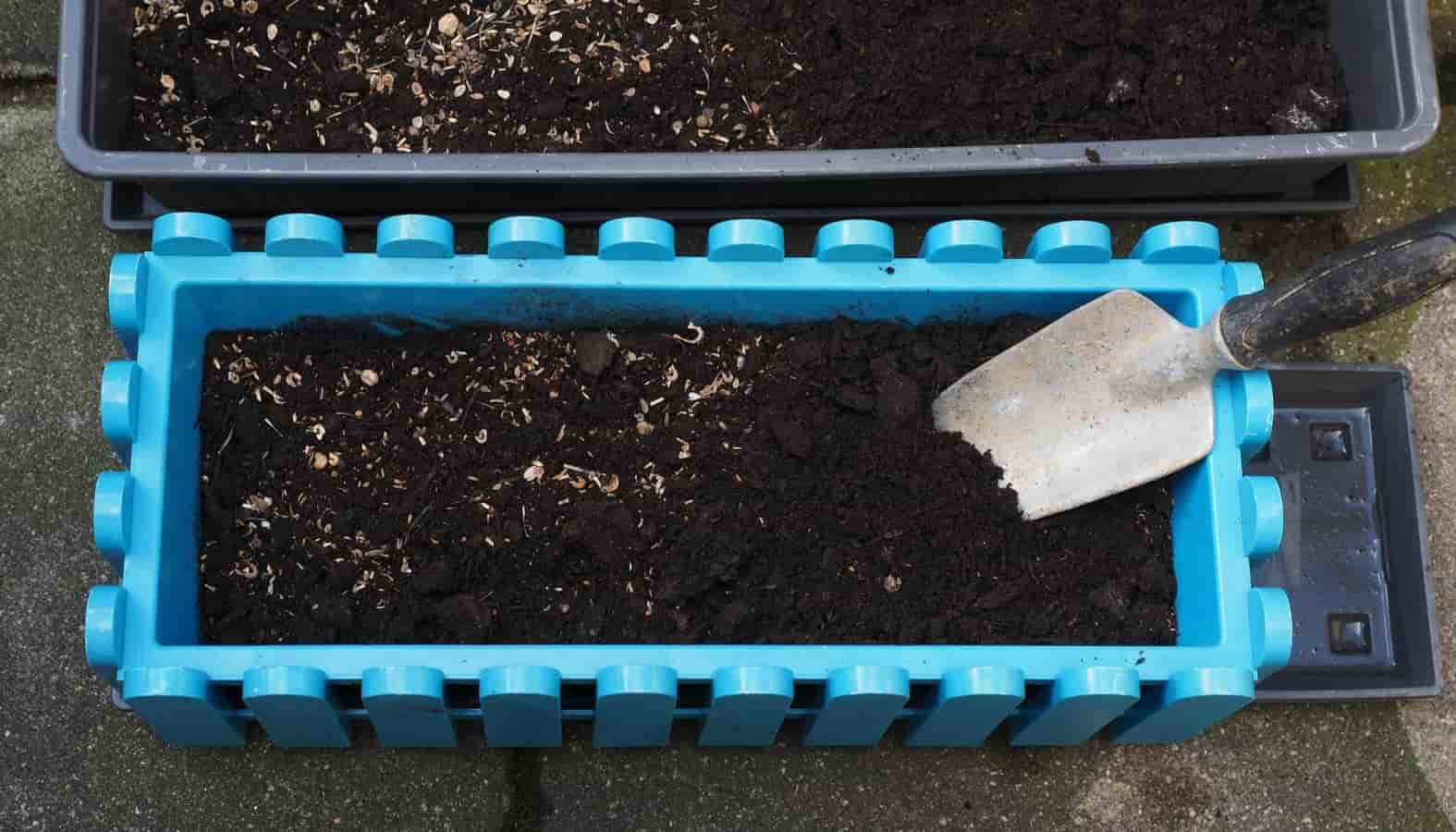
Use a quality compost that’s both well-draining and nutrient-rich
Discover other Biennials - autumn annuals
View all →Available in 2 sizes
Available in 2 sizes
Available in 1 sizes
Available in 1 sizes
Available in 1 sizes
Available in 1 sizes
Available in 1 sizes
Available in 1 sizes
Available in 1 sizes
Available in 1 sizes
When to plant them?
Plant the plug plants of biennial flowers as soon as you receive them, ideally in September-October, in containers and planters or directly in the ground in finely prepared and enriched soil. If the intended location is not yet ready or conditions are not favourable for planting (heavy rain or soil too dry), you can grow them on in buckets for 4 to 6 weeks.
How to plant?
- Prepare your planters by filling them with compost, or if planting in open ground, prepare and enrich the soil.
- Your plug plants may come with paper wrapping around the root ball: you can remove this beforehand but it’s not essential.
- Plant ensuring the top of the root ball is level with the compost, covered with just a few millimetres of substrate. Firm the soil gently around each plug plant with your fingers, making sure to keep the young plant upright.
- For optimal effect in pots, containers, planters and hanging baskets, arrange the plants in staggered rows, spacing each about 10 to 15 cm apart in all directions. Thus, 5 plants are suitable for a planter about 40 cm long or a pot 30 cm in diameter. In flower beds, biennials can be spaced 15 to 25 cm apart.
- If you wish to combine biennials and spring-flowering bulbs, first plant the bulbs at a depth of 3 times their height, then place the plug plants on the surface.
- Water thoroughly after planting and during the following weeks, as plug plants can dry out quickly. Be careful not to overwater though! Ensure containers have drainage holes and empty saucers 10 minutes after watering.
Note: some varieties of biennials supplied as plug plants such as Erysimum, primroses, certain Violas, Arabis, Carex… are actually perennials and can be replanted in garden borders after flowering.
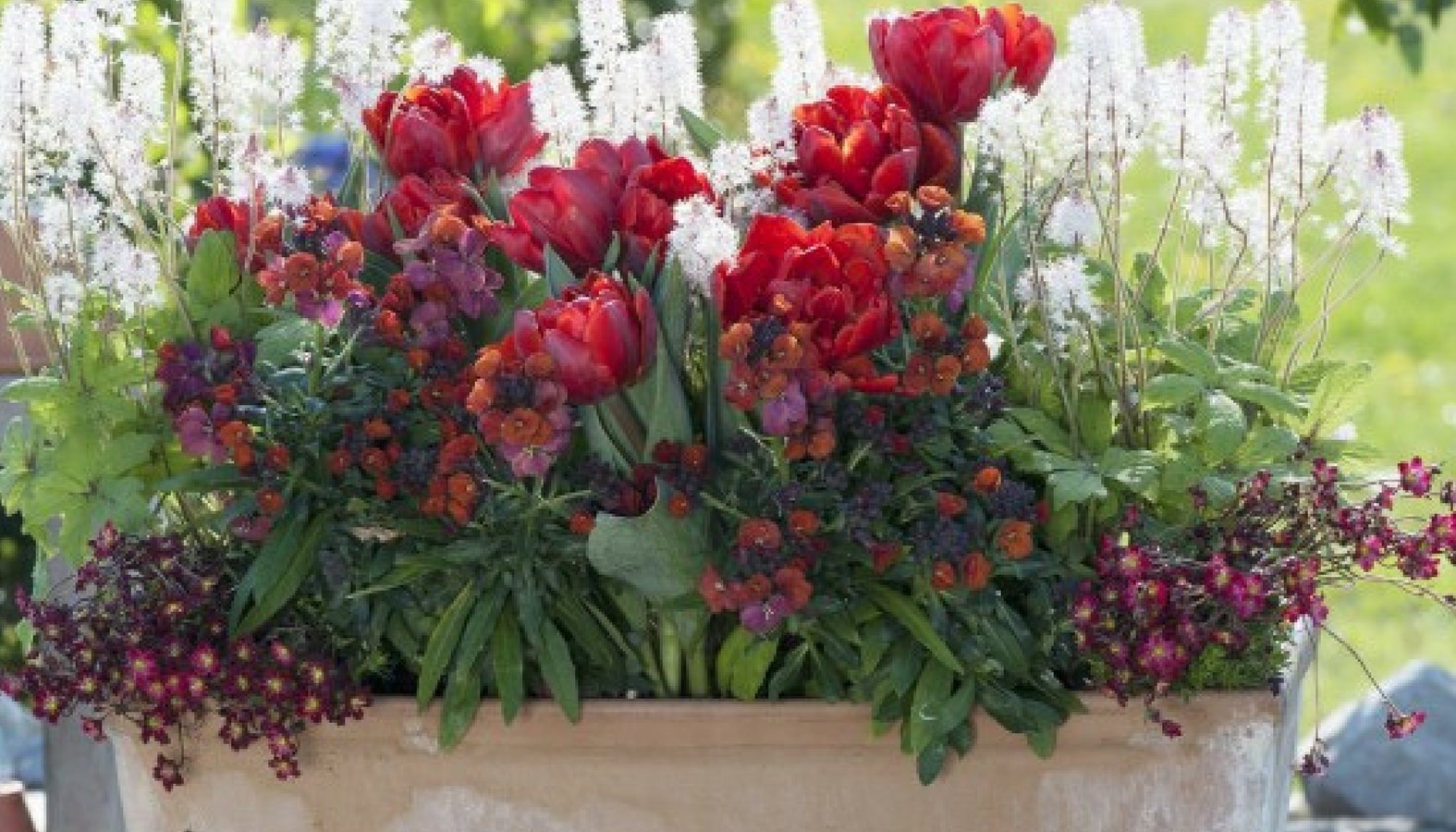
Combine biennial plants with perennials for a highly aesthetic result
How to care for them?
One of the key points for successfully planting biennials as plug plants is managing watering. During the first few weeks after planting, it is essential to water regularly so that the roots establish well. Remember to water even during winter if it doesn’t rain or if the container is placed in a sheltered spot away from rainfall. Be particularly vigilant if they are in pots or planters, as the growing medium dries out much faster than in open ground. Do not water during frost. In spring, apply fertiliser regularly (about once a month) to support flowering.
Remove faded flowers as they appear to encourage prolonged flowering.
Biennials are not very susceptible to diseases, but they can sometimes be prone to aphid attacks or powdery mildew, especially if humidity is high. In this case, use a natural insecticidal soap or black soap to prevent spreading.
- Subscribe!
- Contents


































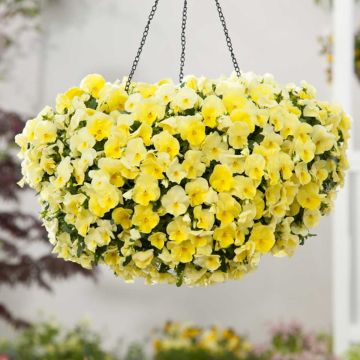
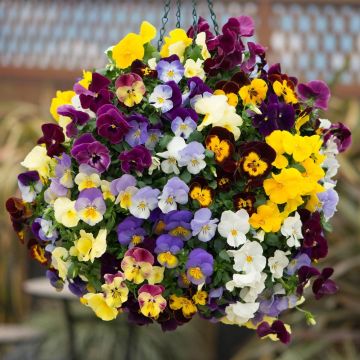
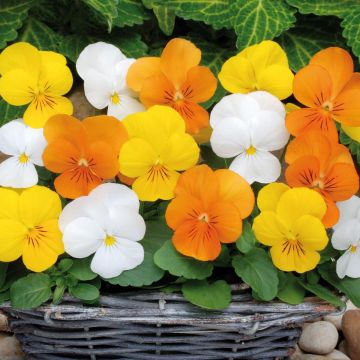
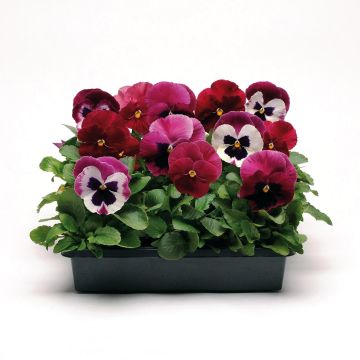
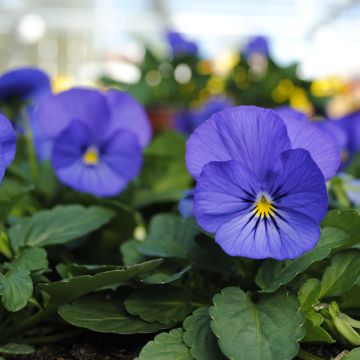
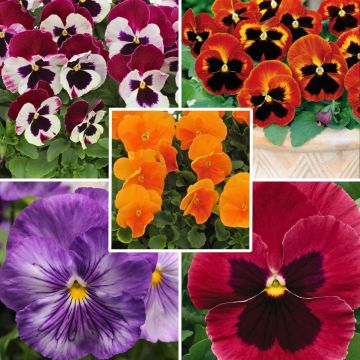
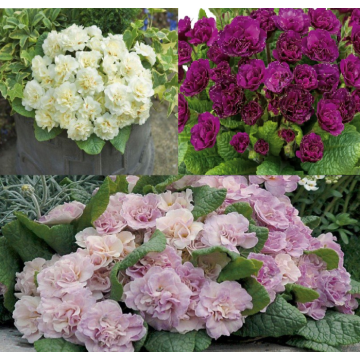
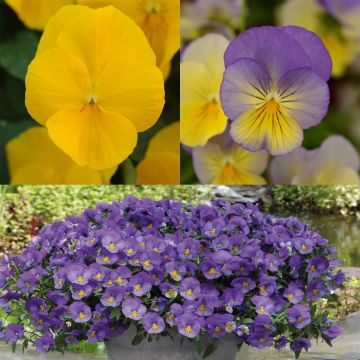
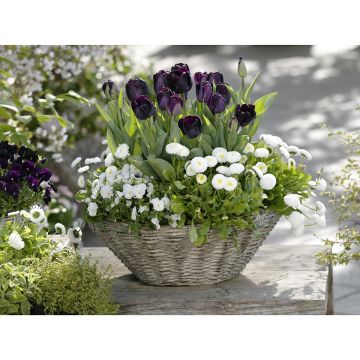
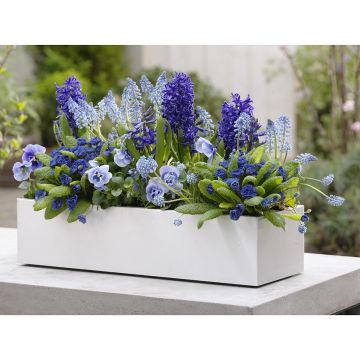
Comments